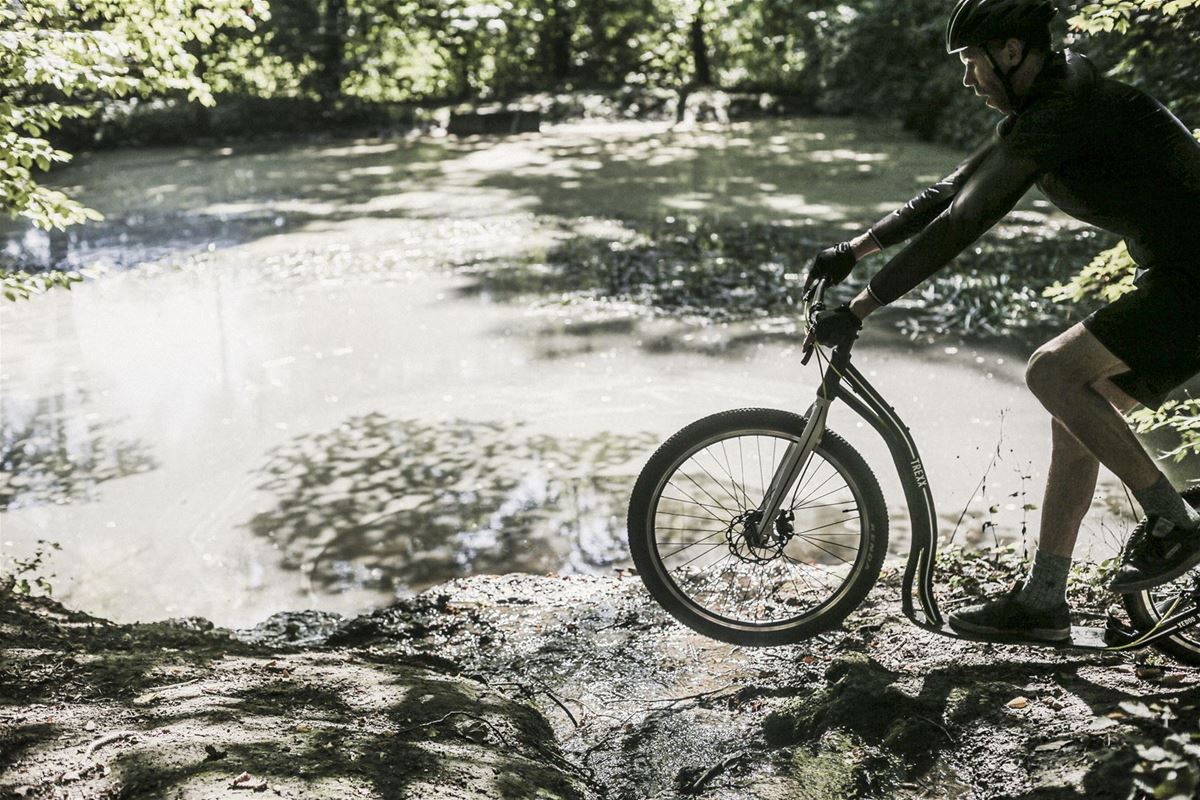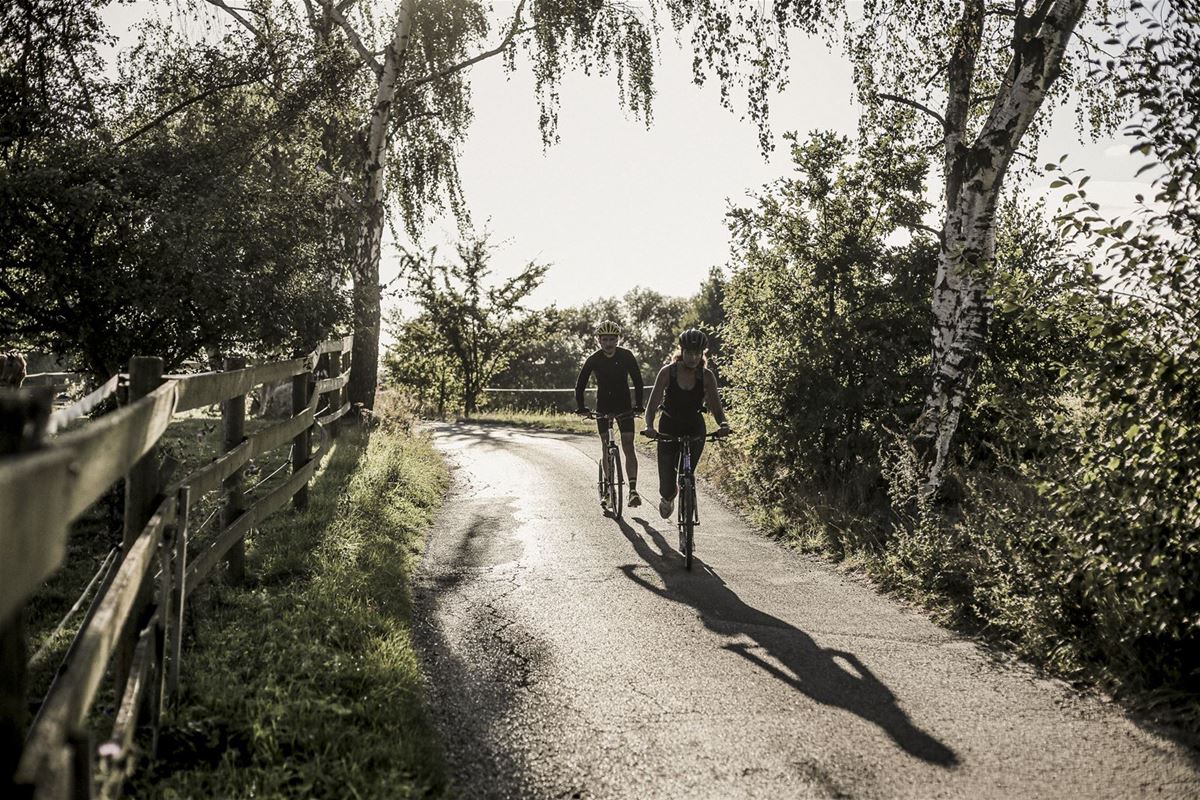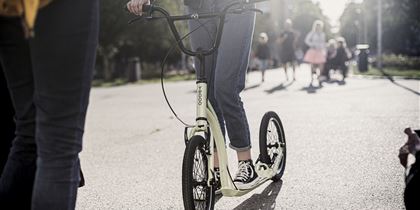Move and you’ll be happier and more successful
| Vendula KosíkováDid you know that physical activity can increase our IQ and change the way we think and feel? That strengthening the centre of the body reduces anxiety and light stretching can fight chronic inflammation and mental stiffness?

The body affects the mind more than we think
“The brain can process so much information in a second that even the most powerful computer in the world could not cope with. Today’s computers may be able to beat chess grandmasters, but no computer can yet control a robot that can manipulate a chess piece with the skill of a six-year-old child,” the neuroscientist Daniel Wolpert says in his lecture.
According to the latest research, our bodies are connected to our brains in ways we never knew before. New findings dethrone the brain and change the established paradigm that the body acts according to the wishes of the omnipotent brain and our mind.
In his research, Daniel Wolpert, a neuroscientist, works on the basis of the premise that the primary function of the brain is not to think, but to control movement. “We could not do without movement, which has been and still remains absolutely essential for our functioning in this world,” he explains.
What is going on in the brain when we are moving
When moving, especially outdoors in nature, every hundredth of a second, the brain has to process an incredible amount of information coming from all the sensory receptors, evaluate it and then send instructions to the muscles.
It uses complex processes to estimate the correct responses, using our experience and long-term memory, etc.
Not surprisingly, the parts of the brain that control movement activities are also the centres of cognitive functions – long-term memory, the ability to concentrate, absorb new information, communicate, solve problems, plan or combine and create strategies.

Greater intelligence through movement
According to recent research at Basel University and in Japan at Tsukuba University, any movement can improve cognitive function, but the best results come from activities that combine multiple types of movement or involve interactions with other people.
Team sports and activities that take place outdoors in nature, such as functional movement along the lines of Ido Portal or parkour, have been shown to have higher brain cell growth and neural connection formation than, say, solo workout that takes place in the predictable environment of a gym (which brings us back to neuroscientist Daniel Wolpert’s research).
In addition to exercise, quality sleep, meditation and learning new things are also good for brain development. If we do the same thing over and over again, the brain naturally decreases its capacity. It is like the paths in the park that nobody treads, eventually they disappear, while the main ones widen.
The brain keeps changing
Although ninety percent of critical brain development take place by the age of six, the brain continues to change constantly. At any age, it can activate the growth of brain cells and create new synapses (nerve connections). A simple way to positively influence this so-called neuroplasticity of the brain is through movement.
Movement is therefore also excellent for preventing neurodegenerative diseases such as Alzheimer’s or Parkinson’s.
Movement can also improve mood, self-esteem, mental resilience, and even cure a number of physical and mental ailments.
Science journalist Caroline Williams discusses this in detail in her book Move! The New Science of Body Over Mind. (It has been published in Czech under the title Pohyb! Jak tělo umí změnit mysl). We were excited to read the book and bring you the highlights in the article: Movement as a key to mental well-being.





